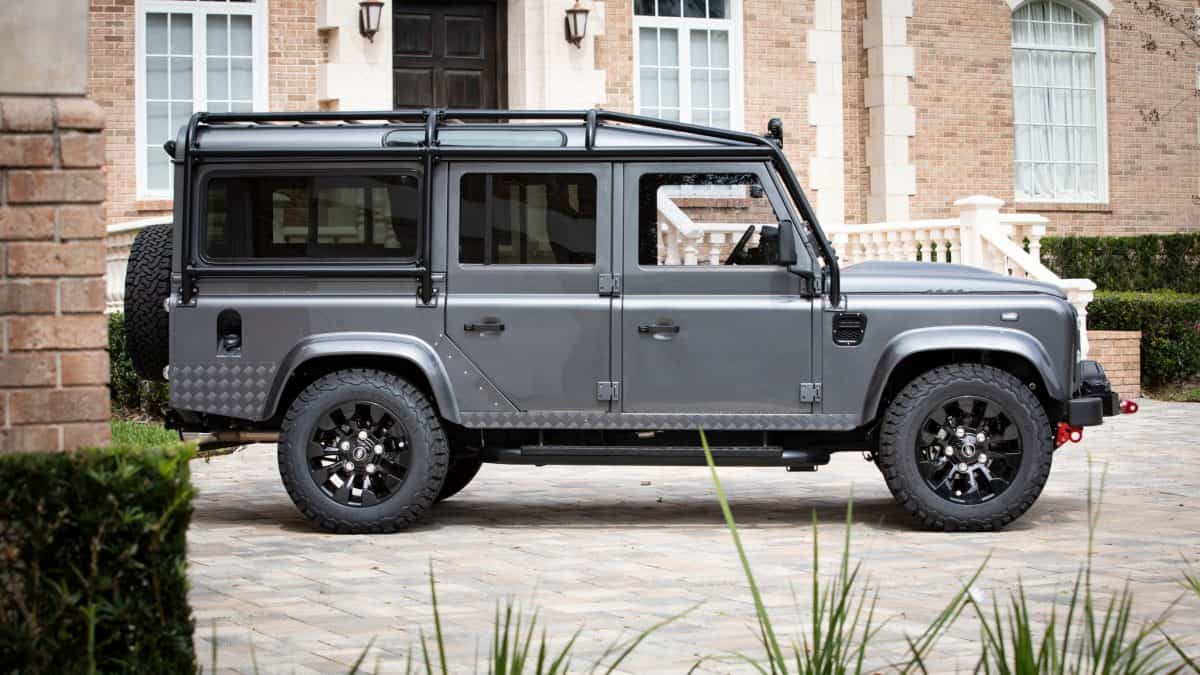Blog
Paying Homage to the Classic Defender

Modern Conveniences of a Restored Land Rover at ECD
December 1, 2021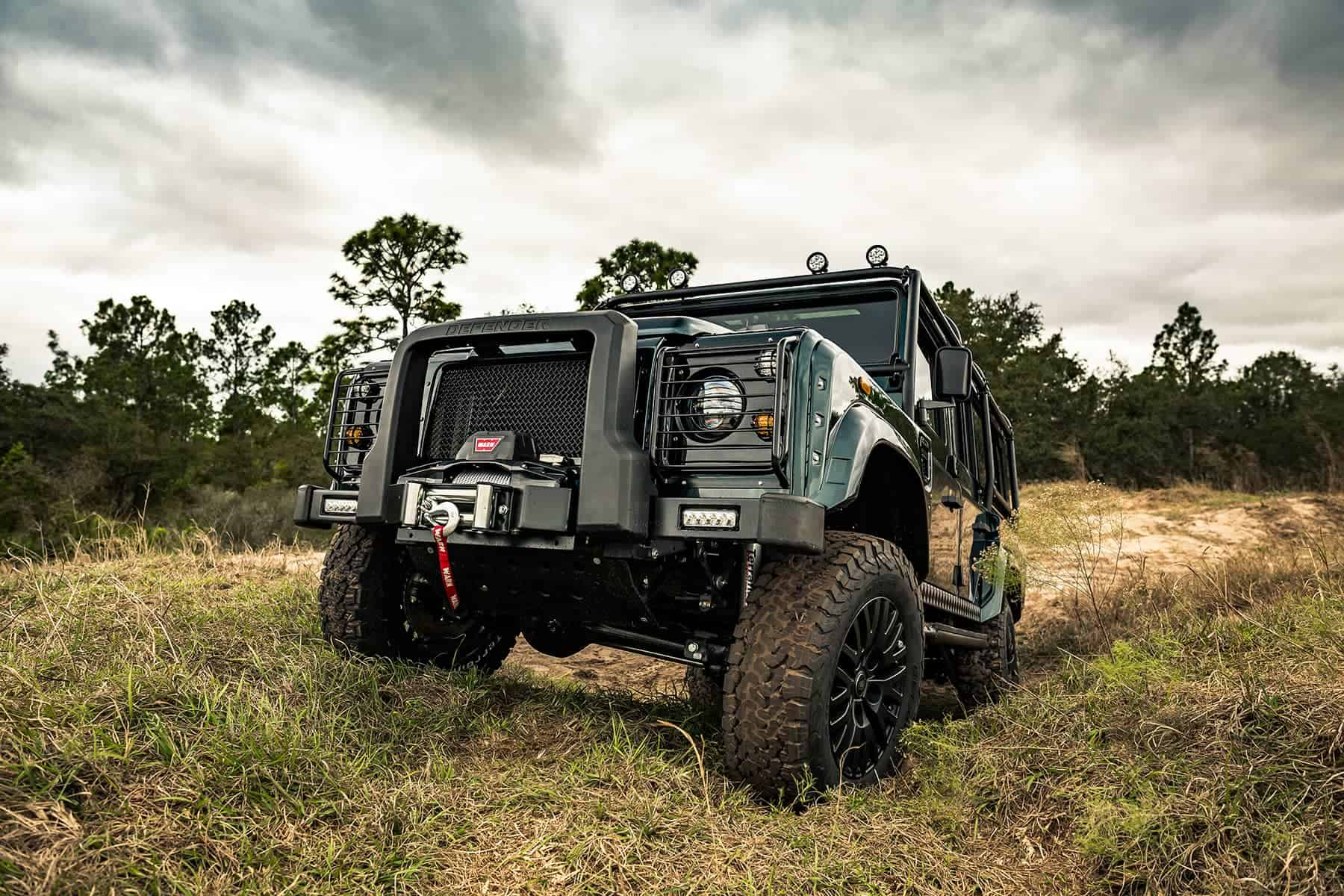
Are Defenders 4×4 Capable
December 22, 2021It's always been about attitude. The one that defies boundaries, scoffs at obstacles and conquers territories. 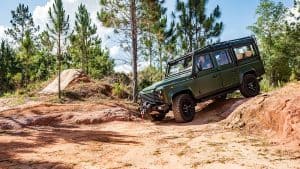
From the very beginning, the Land Rover 4x4 SUV – before there even was such a thing as an SUV – was created to tackle big challenges like those presented to the British Army and the Red Cross during wartime efforts. These entities needed a rugged mode of transportation that would remove physical barriers between destinations without much ado.
As the Land Rover Series III became known as the Land Rover Defender, the desire for this vehicle traversed from the military to everyday citizens and royalty alike. The mention of the word Defender conjures up visions of hunting, dogs, off-road driving and robust outdoor living. While these images still exist in the minds of those who were privy to live with the original Lode Lane Factory products, a newer generation is gravitating towards the lifestyle that the Defender represents. A lifestyle of status symbols and luxury. Maybe they enjoy going off-road on occasion – the new Defender certainly will take them there -, but many are looking for a daily driver that demands attention from their fellow travelers.
Vintage Defender Roots
Today's original Defender embraces the roots of the vintage Defender as it progresses into the 2020s. Outwardly the body is a bit rounder and the front grille has been redesigned as a single bar for a definitively solid look, but it still retains the distinctive boxy shape known to classic Defender fans the world over. The proportions stay the same, and it maintains its angled windshield and vertical front end that epitomizes the classic Defender look.
A cleaner front end integrates the shutline into the body lines that give the Defender the face of confidence without appearing overly aggressive. This front end may appear to be too modern for Defender fans who want the look of yesteryear’s squared-off face, so they turn to rebuilds that keep the integrity of the original older model bodies but add the modern conveniences found in the newer Defenders.
Before its recent re-release, the Defender had been in production as the Series I, Series IIA and Series III since the 1940s and ceased production in 2016 due to problems with design issues and regulations that kept it from being sold in the United States.
The latest iteration includes some of the classic features like exposed bolts and paint schemes that bring to mind the original intent of the Defender when it was being used as a military vehicle. They are still available in the 90 and 110 body style that roughly reflects the wheelbase length.
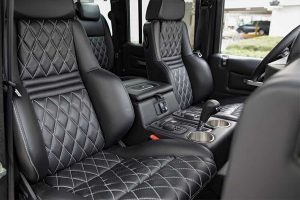 Upgrading the Interior
Upgrading the Interior
The body may harken back to the old days, the rest of the Defender does not. It shares no components with the previous models. While today’s Defender is still tough, it’s catering to an upscale crowd with its love of high-tech components and luxurious cabins.
Although leather has always been the standard-bearer for an interior, those in charge of design wanted to offer more than the usual in the latest Defender. One of the interior choices includes microfiber suede that has been constructed from recycled plastics. All of the interior surfaces are made from quality materials that have been designed to withstand the challenges that drivers put them through. Land Rover is using Robustec, an abrasion-resistant material, in some models that have proven to withstand 30-years’ worth of wear in testing.
Heated and cooled seats mean that no matter what the outside conditions, the interior of the Defender offers a place of refuge from extreme weather. Depending upon the model, there is room for up to six.
Defender fans have wasted no time waiting for Land Rover to bring the latest technology and luxurious interior to their favorite SUV. Their desire for a Defender that reflects their personalities rather than a worn-out utilitarian appearance only befitting a military has lent its hand to a growing cottage industry dedicated to catering to those unmet needs. This budding industry offers retrofit options for previous Defender models like the Series models, the 110 and the 90.
Regardless of the model that is being fitted, this industry is dedicated to applying the same care and attention to detail that the original Land Rover factory offered. From hand-stitched Napa leather to wool carpet to leather door cards, every piece is carefully constructed to respect the integrity of the design.
Powering the Land Rover Defender 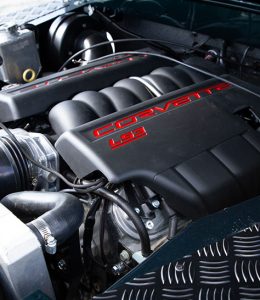
The new 2022 Defender comes in either the 90 2-door and the 110 4-door body styles with a selection of trim levels that range from the basic level with 296 horsepower from a 2.0 inline 4 turbo in either body style to the more impressive 518 horsepower 5.0 V8 Carpathian edition capable of zero to 60 in 4.9 seconds, according to Land Rover. When it comes to off-roading, the diesel package offers more torque for those rock climbing moments and overall 4x4 experiences.
Features like a twin-speed transfer box and intelligent AWD make the Defender capable of tackling challenging terrains, while the coil spring suspension on a unibody – previous Defenders were built on rigid body-on-frame construction - makes every adventure comfortable, as well as effortless drives on the city streets. Other high-tech options like upgrading from coil shocks to air shocks with the Electronic Air Suspension and Adaptive Dynamics deliver an immediate response to the roads and the driver’s actions that even out the worse rides.
While 2022 only focuses on the 90 and the 110, previous models include the Series I, II and III along with the 127/130.
When the first model rolled off the production line in 1948, there was no way for the Rover Company to anticipate the legions of followers the Land Rover would amass after its traditional work and military use fell away. Rover’s original intent was to only produce this vehicle for a short time to get the company through a cash crunch. Because it was a mass-produced 4WD with doors, it attracted those with a penchant for rugged living. It also helped that the bodies were constructed of aluminum alloy due to the steel shortage, so the Land Rover did not rust, and oxidation helped keep further corrosion from happening, which lends Land Rover to say that 70 percent of their vehicles built are still on the roads today.
It became apparent that the original 1.6-liter 50 b.h.p gas engine was not going to be enough power to interest the average farmer, rancher or hunter. Since it had a commercial classification to sidestep purchase tax, the maximum it could go was 30 m.p.h.; although, someone did get a speeding ticket that tested the commercial classifications.
Classic Meets the Present
Throughout the 1950s, Land Rover took the Series through major changes that included a station wagon body that seated seven with an 86-inch wheelbase; a new diesel engine in 1956 that sat in a newly designed chassis that had the cross member moved by an inch to accommodate the bigger motor; and an overhead valve 2.0 diesel engine the following year.
The Series II saw the 88-inch (SWB) and the 109-inch (LWB) get a makeover that included a station wagon body that could seat 12. Once again, the design decision was based upon the laws at the time. 12-seaters were considered buses and thus were not subject to purchase tax.
The Series III debuted in the 1970s and was available as a 2- or 4-door or pickup truck body.
In 1983, they were equipped with coil springs and a 110-inch wheelbase; it was dubbed Land Rover 110. Then came the 93-inch wheelbase, 2-door model. It was tagged the Land Rover 90 even though it had a 93-inch wheelbase. Soon the 127 followed with its 127-inch wheelbase and heavy-duty towing capacity that made it a favorite for utility companies. The 127 started as a 4x4 110 with a crew cab, and due to its capabilities, it was a good choice for ambulances and other emergency vehicles.
To make things simple, the series was called Land Rover, which worked well until they created another model: The Discovery. Then they realized they had to brand the Land Rover with a name, which is when they gave it the Defender badge in the 1990s.
In the 1960s, after a visit to the United States, the Rover V8 went from concept to reality when Rover took possession of the Buick 215 – the BOP 215-, which was languishing at Mercury Marine. Being aluminum, it was lighter weight than the inline 4 they had been using, and it was a GM product. After tweaking the 215, Land Rover used this 3.9 V8 engine in the 1990s, as well as its 2.5-liter TDI inline 4. The Rover V8 was retired when it was no longer competitive with today’s V8s.
After production of the NAS Defender, retrofit fans have looked towards the LS3 crate motor capable of 495 horses with 473 lb of torque as a favorite replacement motor when they are rebuilding their Defenders. Since it’s a GM product also, owners and mechanics are familiar with its attributes.
Many of the Defenders from those bygone days still on the road have been revamped by a new generation of owners who are looking to escape the stress of the city and power over rocks while driving into rushing streams and those who prefer to ride snuggly wrapped in leather through towering concrete buildings with the knowledge that if disaster strikes, they have the perfect escape vehicle. It’s all about the attitude.
TOP RELATED STORIES
FREQUENTLY ASKED
QUESTIONS
No FAQs configured yet.

